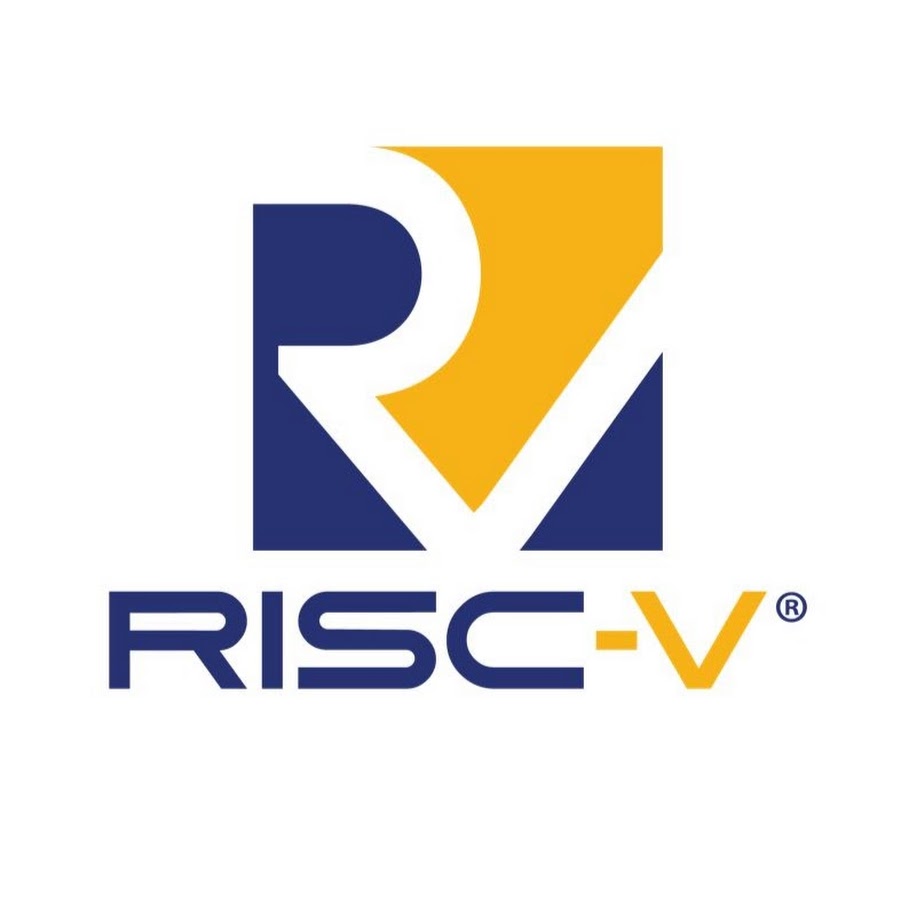It’s a Pine64 product so it’s going to be in “Please do not buy if you’re not an early adopter or hardware hacker, half the features don’t work, we’ve got 90,000 products and basically none of them are actually ready for service and we don’t seem to intend to make any of them ready for service, development on this one is coming along so we’re going to come out with a more powerful yet mostly incompatible Pro version that undoes a lot of the work the community has put in, please don’t return anything” state forever.
This product especially because it combines the compatibility issues of RISC-V and the compatibility issues of a fully touchscreen device. If you don’t know your way around compiling apps yourself or how X/Wayland works, you’re going to have a bad time. Also, from my experience with a laptop/tablet convertible, the vast majority of Linux GUI apps outside of the ones built into KDE/Gnome have no idea how to respond to touch inputs, namely dragging and scrolling.
I have a little Lenovo thing that…you know how an iPad is often a tablet that you can add a keyboard case to make into a kind of shitty laptop? Well this Lenovo thing is an x86 laptop that you can rip the keyboard off of to make into a kind of shitty tablet. It’s…not great. Gnome doesn’t like to remember or figure out which way up the screen is supposed to be, for one thing, and FreeCAD isn’t amazing. There’s not a lot of stuff in the Linux software ecosystem that’s built for tablets.
If I’m honest, I think a version of the Pinebook would have been a better idea for RISC-V development. Put a RISC-V chip in a conventional laptop chassis.
Price changed to $159?
Edit July 25, 2025, 6:30 PM ET: Corrected base price to $159 (exchange rate applies) and removed mention of general purpose.
If I’m not mistaken the $159 tablet is arm, the risc v one retails for $225.





